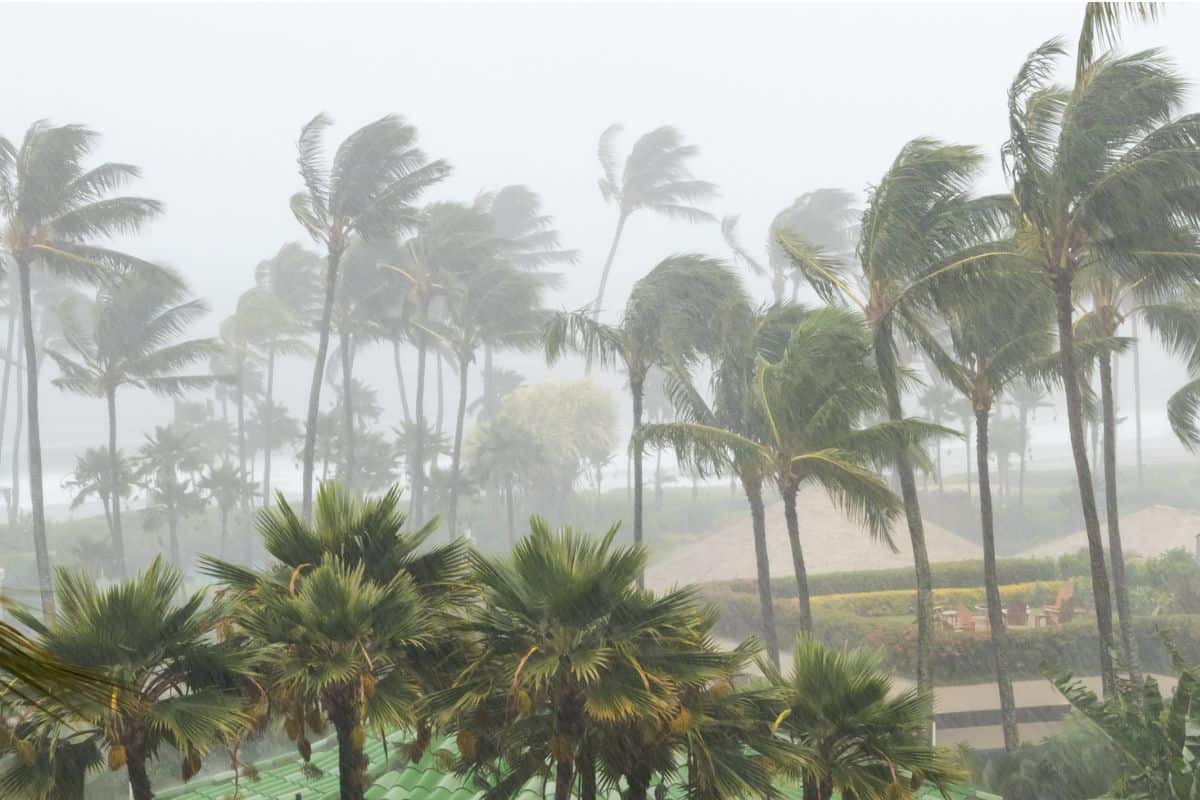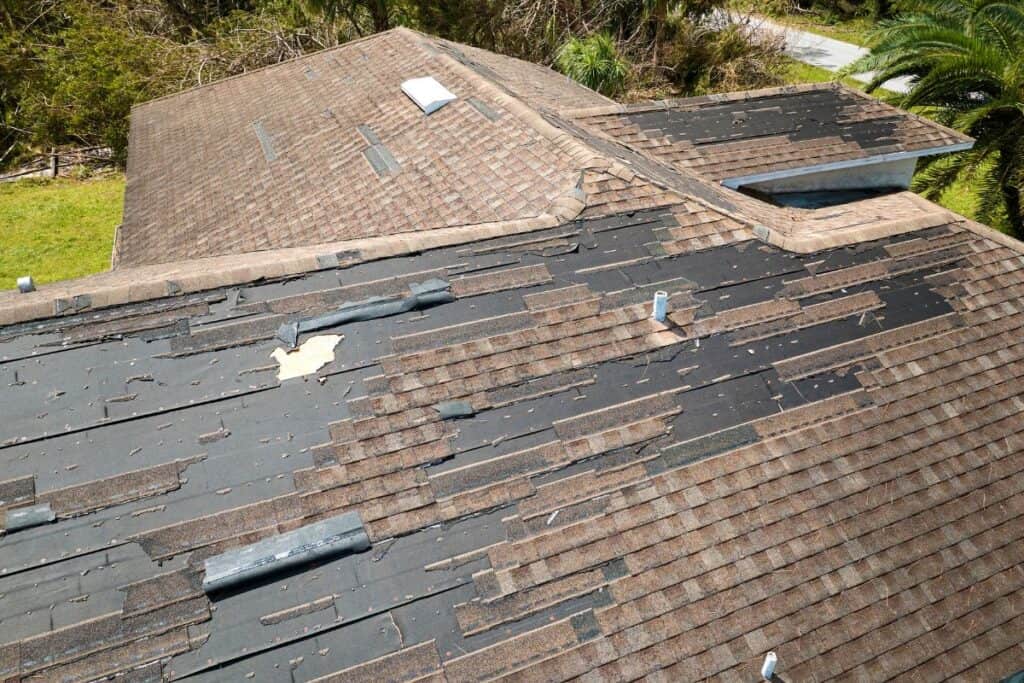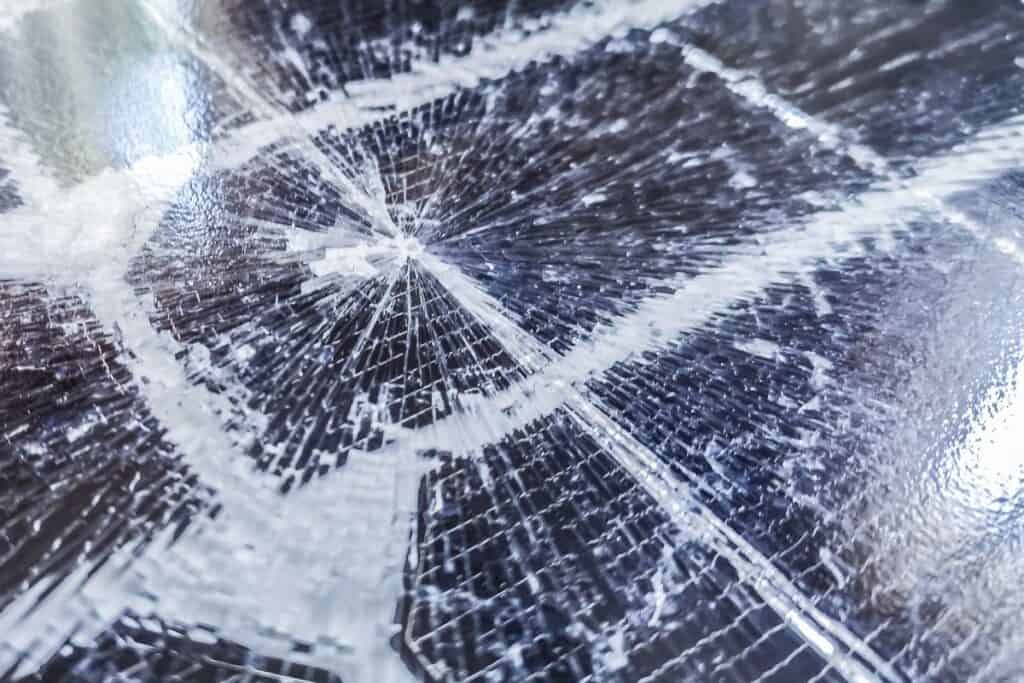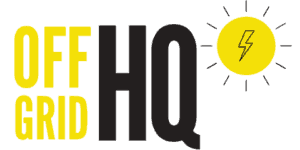Hurricane season is approaching and you’re wondering how your solar panels would fare in a hurricane?
Solar panels can work in a hurricane. However, their performance depends on several factors such as the severity of the hurricane, installation quality, and the design of the solar panels.
It’s important to remember that during a hurricane, while your solar panels may physically withstand the high winds, the power output might be affected.
Hurricanes usually come with heavy cloud cover, reducing the amount of sunlight reaching the panels, thus decreasing their power generation.

For instance, if your solar panels typically generate 10 kilowatt-hours (kWh) of electricity on a sunny day, they might only produce 2-3 kWh during the heavy overcast conditions of a hurricane.
Another crucial point is that during power outages caused by hurricanes, grid-tied solar panel systems are required to shut down due to safety reasons unless they are paired with a battery storage system or have a secure power supply feature.
Having a battery backup system for your solar panels can ensure you have power even when the grid is down.
Moreover, high winds and flying debris could potentially damage solar panels, leading to a temporary or even long-term reduction in power output.
If debris were to crack a panel, it could drastically decrease its performance or halt electricity production entirely, depending on the extent of the damage.

Will My Solar Panels Survive A Hurricane?
Solar panels may look fragile but how will they hold up during a hurricane?
Solar panels are built to be tough and withstand the elements. They undergo rigorous testing for resistance against wind, hail, and heavy rain to ensure their durability. Most solar panels are certified to withstand winds of up to 140 miles per hour. This means that in a mild or moderate hurricane, your solar panels are likely to survive unscathed.
However, the impact of severe hurricanes is a different story.
The strength of hurricanes can vary greatly. In Category 4 and 5 hurricanes, with wind speeds over 150 miles per hour, solar panels may be at risk of damage.
But even in these extreme cases, proper installation can make a significant difference. Solar panels installed with high-quality mounts and correct angling can resist stronger winds.
As a precaution, if a hurricane is forecasted, you should contact your solar installer or provider for advice.
Storm-Proofing Solar: Prepping Your Panels for a Hurricane
What can you do to protect your solar panels when a hurricane is brewing? There are actionable steps you can take to prepare.
First off, ensure your solar panels are properly installed. Installation quality is key to your solar panels’ resilience.
Solar panels need to be securely mounted and correctly angled to withstand high winds. If your panels were installed by a certified professional, they would have used hurricane-grade mounts and ensured optimal angling to resist wind uplift.
A professional inspection before the hurricane season can be a good proactive measure.
An expert can check the integrity of the mounting structure, confirm the panels are securely attached, and identify any potential problems.
If there’s an issue, timely repairs or reinforcements can make all the difference when a storm hits.
The angle of your solar panels can also impact their survival during a hurricane.
Panels that are installed at steeper angles have less wind resistance and are less likely to be damaged.
Cleaning and removing any debris from your solar panels and the surrounding area is another useful step.
Loose items can become projectiles in strong winds, potentially damaging your solar panels.
During a hurricane, turning off your solar system can prevent electrical surges that might damage the system’s components.
Your solar installer can guide you on the correct shutdown procedure for your specific system.
If a severe hurricane is imminent, consider using protective covers for your solar panels.
These covers, though not commonly used, can offer additional protection against flying debris.
Finally, make sure your solar panels are adequately insured.
While you can take steps to protect your solar panels, damage from extreme weather events like hurricanes can still occur. An insurance policy covering solar panel damage can give you peace of mind.
In summary, preparing for a hurricane involves ensuring a solid installation, getting an expert inspection, cleaning the panels and surrounding area, knowing the correct shutdown procedure, considering protective covers, and securing insurance.
With these steps, you can confidently weather the storm, knowing you’ve done your best to protect your solar investment.
But what happens if in the end the hurricane rolls through and you need to assess the damage to your solar panels.

Dealing with Hurricane Damage: Navigating Solar Panel Repairs
The thought of a hurricane damaging your precious solar panels might seem daunting.
There are practical steps you can take to get your system back up and running.
Firstly, if your solar panels are damaged during a hurricane, it’s essential not to attempt to repair them by yourself.
Solar panels are complex systems that require professional repair and maintenance. Plus, dealing with them without the proper safety equipment or knowledge can lead to personal injury or further damage to the system.
Start by inspecting the damage from a safe distance.
If possible, take pictures – they can be useful when filing an insurance claim. Contact your solar panel installer or a professional solar technician to come and assess the damage.
They will determine the extent of the damage and what repairs or replacements might be needed.
Next, reach out to your insurance company.
Many homeowner’s insurance policies cover solar panels, so check the terms of your policy to see the extent of coverage.
If covered, you will need to file a claim detailing the damages sustained. This is where the pictures you took earlier come in handy.
If the panels are beyond repair, they’ll need to be replaced. Depending on your warranty, the manufacturer might cover this.
Most solar panels come with a performance warranty that lasts 25 years and a separate equipment warranty to protect against issues such as manufacturing defects or excessive wear and tear.
Lastly, ensure your system is back to optimal performance by having a professional do a complete system check.
They’ll ensure everything is correctly connected, oriented, and functioning to give you maximum power output.
Remember, while it’s important to get your solar panels back to work, safety should be your number one priority. Always consult with professionals when dealing with damaged solar panels.
